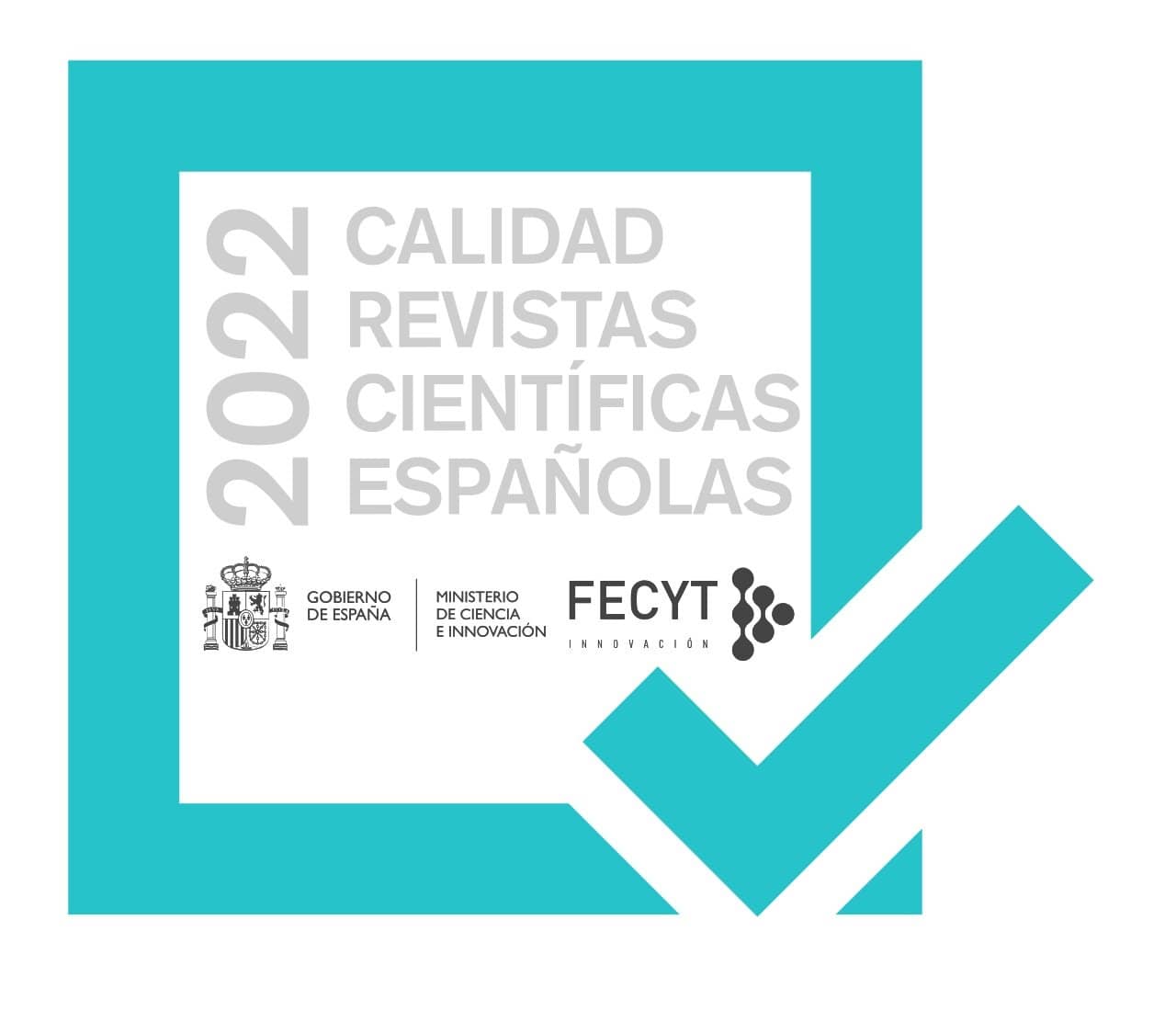Ambivalent texts, the borderline, and the sense of nonsense in Lewis Carroll’s “Jabberwocky”
Abstract
Taking Carroll’s “Jabberwocky” as emblematic of a text historically enjoyed by both children and adults, this article seeks to place the text in the area of what Kristeva defines as the borderline of language and subjectivity in order to theorize a site by which ambivalent texts emerge as such. The fact that children’s literature remains largely trapped in the literary didactic split in which these texts are understood as either learning materials or primers toward literacy, the article situates Carroll’s text in theories of language, subjectivity, and clinical discourse toward are more complex reading of a children’s text.
Downloads
References
Agamben, G. (1993). Stanzas: Word and Phantasm in Western Culture. U of Minnesota Press.
Barzilai, S. (1991). Borders of language: Kristeva’s critique of Lacan. PMLA, 106(2), 294–305.
Beardsley, M. (1981). Aesthetics: Problems in the Philosophy of Criticism. Indianapolis, IN: Harcourt, Brace, and World.
Bourdieu, P. (1984). Distinction: A Social Critique of the Judgement of Taste. Abingdon: Routledge.
Carroll, L. (1931). The Lewis Carroll Book (R. Herrick, Ed.): New York, NY. The Dial Press.
Eveloff, H. (1971). Some cognitive and affective aspects of early language development. Child Development, 42(6), 1895–1907.
Freud, S. (1986). The Standard Edition of the Complete Works of Sigmund Freud, Vol. XIV (J. Strachey, Trans.). London: The Hogarth Press.
Gubar, M. (2011). On not defining children’s literature. PMLA 126(1), 209–216.
Hark, I. R. (1978). Edward Lear: Eccentricity and Victorian angst. Victorian Poetry, 16(1/2), 112–122.
Heaney, S. (Trans). (2000). Beowulf: A New Verse Translation. New York, NY: Farrar, Strauss, and Giroux.
Holquist, M. (1999). What is a Boojum? Nonsense and modernism. Yale French Studies, 96, 100–117.
Howes, O. D., Weinstein, S., Tabraham, P. Valmaggia, L., Broome, M. & McGuire, P. (2007). Slang and schizophrenia. BMJ: British Medical Journal, 335(7633), 1294–1294.
Kincaid, J. (1991). The manufacture and consumption of children. Victorian Review, 17(1), 1–17.
Kristeva, J. (1982). Powers of Horror: An Essay on Abjection (L. Roudiez, Trans.). New York, NY: Columbia University Press.
Kutzer, M. D. (1981). Children’s literature in the college classroom. College English, 43(7), 716–723.
Lukes, A. (2013). The asylum of nonsense: Antonin Artaud’s translation of Lewis Carroll. Romantic Review, 104(1/2), 105–126.
Marret, S. (1993). Metalanguage in Lewis Carroll. SubStance, 22(2/3).
Nikolajeva, M. (2005). Aesthetic Approaches to Children’s Literature: An Introduction. Maryland, MD: Scarecrow Press.
Rother, J. (1974). Modernism and the nonsense style. Contemporary Literature, 15(2), 187–202.
Rowlinson, M. (1993). Mourning and metaphor: On the literality of Tennyson's “Ulysses.” Boundary, 20(2), 230–265.
Rundus, R. J. (1967). “O frabjous day!”: Introducing poetry. The English Journal, 56(7), 958–63.
Sass, L. A. (1987) Introspection, schizophrenia, and the fragmentation of self. Representations (19), 1–34.
Schatz, S. L. (2015). Lewis Carroll's dream-child and Victorian child psychopathology. Journal of the History of Ideas, 76(1), 93–114.
Sobolev, D. (2008). Metaphor revisited. New Literary History, 39(4), 903–929.
Vallone, L. (1998). Children’s literature within and without the profession. College Literature, 25(2), 137–145.
Williams, J. A. (2013). Lewis Carroll and the private life of words. The Review of English Studies, 64(266), 651–671.
The works published in this journal are subject to the following terms:
1. The Publications Services at the University of Murcia (the publisher) retains the property rights (copyright) of published works, and encourages and enables the reuse of the same under the license specified in item 2.
2. The works are published in the electronic edition of the magazine under a Creative Commons Attribution Non-commercial Share Alike 4.0.
3.Conditions of self-archiving. Authors are encouraged to disseminate pre-print (draft papers prior to being assessed) and/or post-print versions (those reviewed and accepted for publication) of their papers before publication, because it encourages distribution earlier and thus leads to a possible increase in citations and circulation among the academic community.
RoMEO color: green








